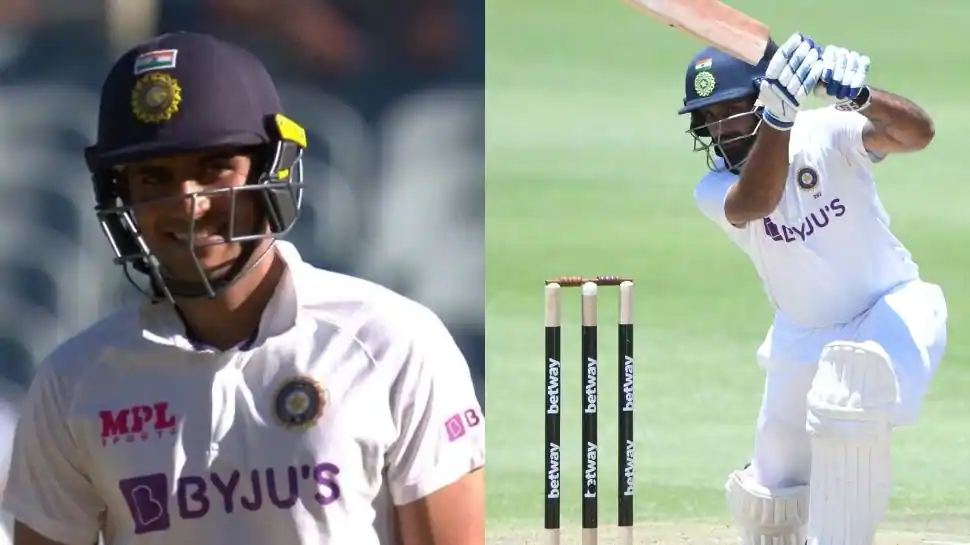 Whether it is 4% or 5%, there is no denying India has a water crisis.
Whether it is 4% or 5%, there is no denying India has a water crisis.I was born in Shillong and spent my first 10 years there. In Meghalaya, it rains incessantly. After all, Meghalaya is the abode of clouds. We knew about Cherrapunji, or to refer to it by the right name, Sohra. We were proud that Cherrapunji (as it was called then) held a world record for being the world’s rainiest place and were mortified when it lost the record to some place in Colombia. Pride was regained when we learnt Mawsynram, also in Meghalaya, now held the record. Information gleaned at that young age isn’t always accurate. Depending on the metric (single day’s rainfall, single month’s rainfall, single year’s rainfall, some measure of average rainfall), Cherrapunji, Mawsynram and places in Colombia all hold records.
Our house had no tap water. Water came from wells, occasionally treated with chlorine. Getting everyone tap water is regarded as a desirable objective and, for rural India, is part of the Jal Jeevan Mission (National Rural Drinking Water Mission). The objective is also part of SDGs. Though a desirable objective, we should accept there is an implicit value judgement, a subjective premise in the proposition. The true objective should be safe drinking water, which may or may not be delivered through taps. For instance, I can get safe drinking water through streams in Meghalaya or wells in Kerala. That’s not inferior to unsafe water through taps. But let me not split hairs.
Houses in Meghalaya are constructed in a particular way, though modernisation is gradually making an assault. Near the roof, there were channels that caught the rain and funnelled it into huge storage drums. That water was an important supplement to water from the well. Our house wasn’t special. Many houses in Meghalaya had the same design. Since March 22, the Jal Shakti Abhiyan has the tagline ‘Catch the rain, where it falls, when it falls’. That’s what Meghalaya used to do. About five years ago, I visited Shillong and tracked down the old house, sold when we left Shillong. The house sits atop a small hillock. The house now has tap water. Wells and storage drums have disappeared. I was thirsty and asked for a glass of water. I was given a bottle of branded bottled water, perhaps the only means now of ensuring that water is safe. (Tests show that not all branded bottled water is safe.) As for Cherrapunji, where it still rains incessantly, there is a shortage of drinking water.
India faces a water problem. In different documents, I have found three different statements. If you read them carefully, they are not identical. With its share of world population, India has (1) 4% of world’s water resources; (2) 4% of world’s renewable water resources; (3) 4% of world’s freshwater resources. Since 97.5% of world’s water consists of saltwater, the right indicator must be freshwater. In working out that 4%, there is a numerator and a denominator. What do I include in that denominator of world’s freshwater? Do I include water in glaciers, under polar ice caps, in the atmosphere and in soil too deep under the earth’s surface?
It seems to me there is subjectivity in determining the denominator. It is worse for the numerator, the India-specific part. What percentage of average annual rainfall do I include? Of annual flow of Himalayan rivers? Of groundwater potential? I haven’t found clear answers. Hence, the 4% number seems to be mechanically regurgitated. At one level, this is certainly pedantic. Whether it is 4% or 5%, there is no denying India has a water crisis. There is an aggregate water crisis and there is a distribution crisis, since rainfall ranges from copious Meghalaya to arid Rajasthan.
One would like to know the average annual per capita water availability. The Central Water Commission’s figure is 1,486 cubic metres for 2021. The World Bank says the figure is 1,100 cubic metres. This difference is too much and someone should reconcile definitions and data. Water stress occurs at less than 1,700 cubic metres and water scarcity at less than 1,000 cubic metres. In 1951, we had 5,177 cubic metres. By 2050, we are projected to have 1,235 cubic metres. There has been population explosion, inefficient collection of water and inefficient use (such as in agriculture). If any resource is under-priced, even if one ignores negative externalities, its use will be inefficient and excessive.
Everyone knows the big picture reform answer—decentralise, align policy design to river basins, sort inter-state issues, clearly define water rights (contrast surface water rights with groundwater rights), break down silos, revamp environmental laws, develop local capacity, introduce water user associations, revive traditional structures, rework irrigation and cropping patterns and price water properly. The Jal Jeevan Mission is the retail end and its track record has been impressive, with a target of 2024 for tap connections everywhere in rural India. The big picture template is that of the National Water Mission.
The author is chairman, EAC-PM. Views are personal
Get live Stock Prices from BSE, NSE, US Market and latest NAV, portfolio of Mutual Funds, Check out latest IPO News, Best Performing IPOs, calculate your tax by Income Tax Calculator, know market’s Top Gainers, Top Losers & Best Equity Funds. Like us on Facebook and follow us on Twitter.
![]() Financial Express is now on Telegram. Click here to join our channel and stay updated with the latest Biz news and updates.
Financial Express is now on Telegram. Click here to join our channel and stay updated with the latest Biz news and updates.














